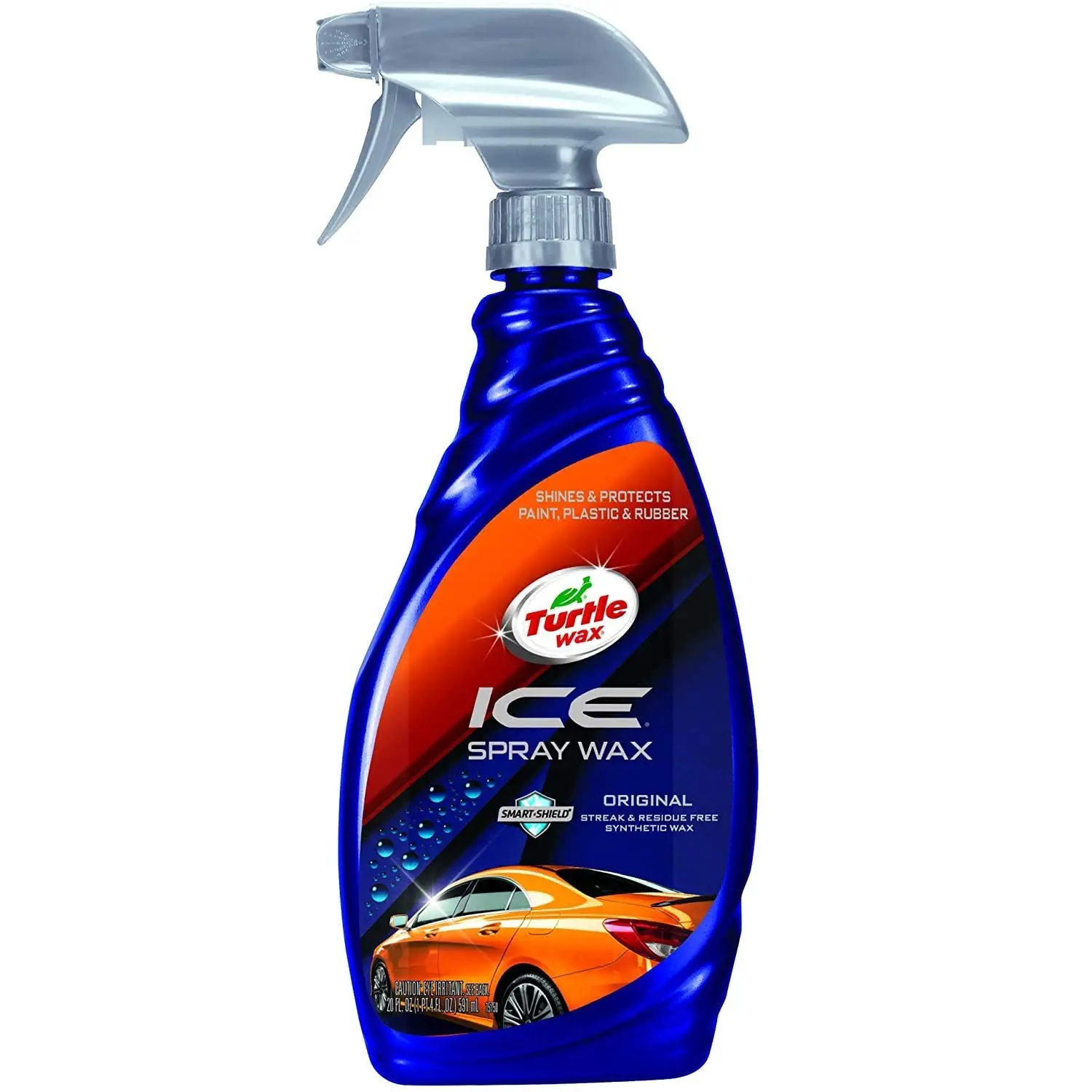
- Brand Turtle Wax
- Item Weight 8 ounces
- PD 4 x 2 x 11 inches
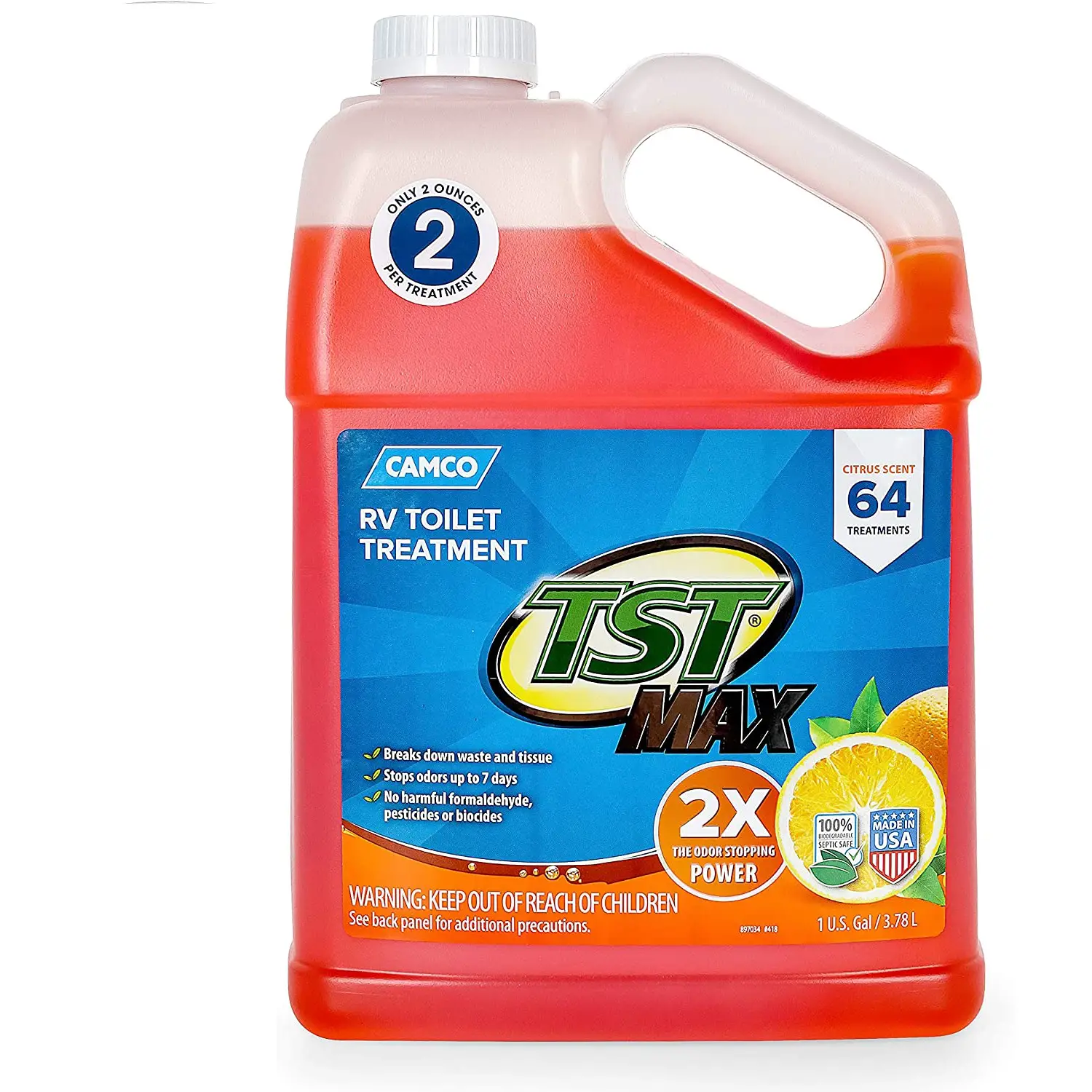
- Cleans and waxes in one step
- Item Weight 4 pounds
- Exterior Painted
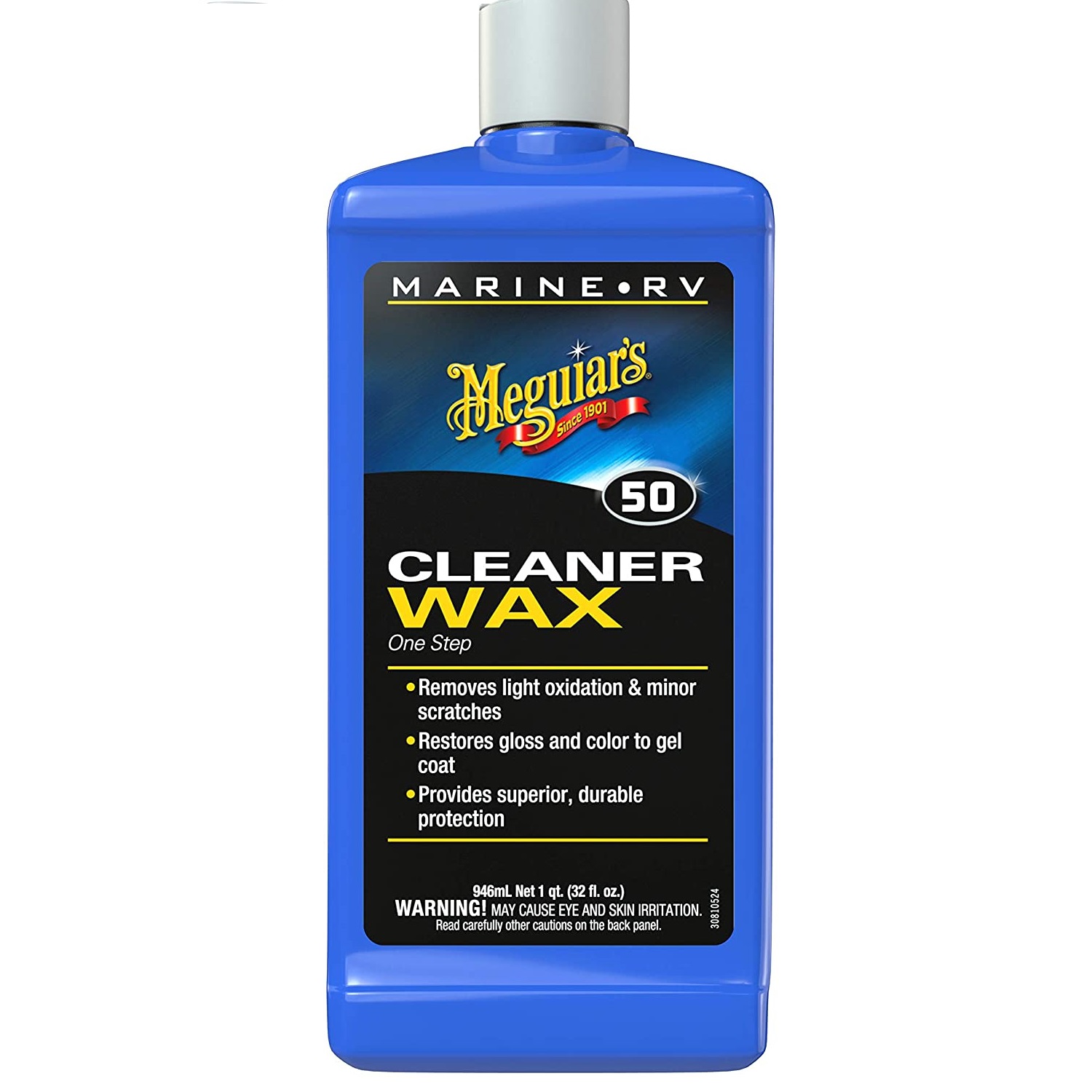
- Brand Meguiar
- Item Weight 2 pounds
- PD 2.13 x 4.5 x 9 inches
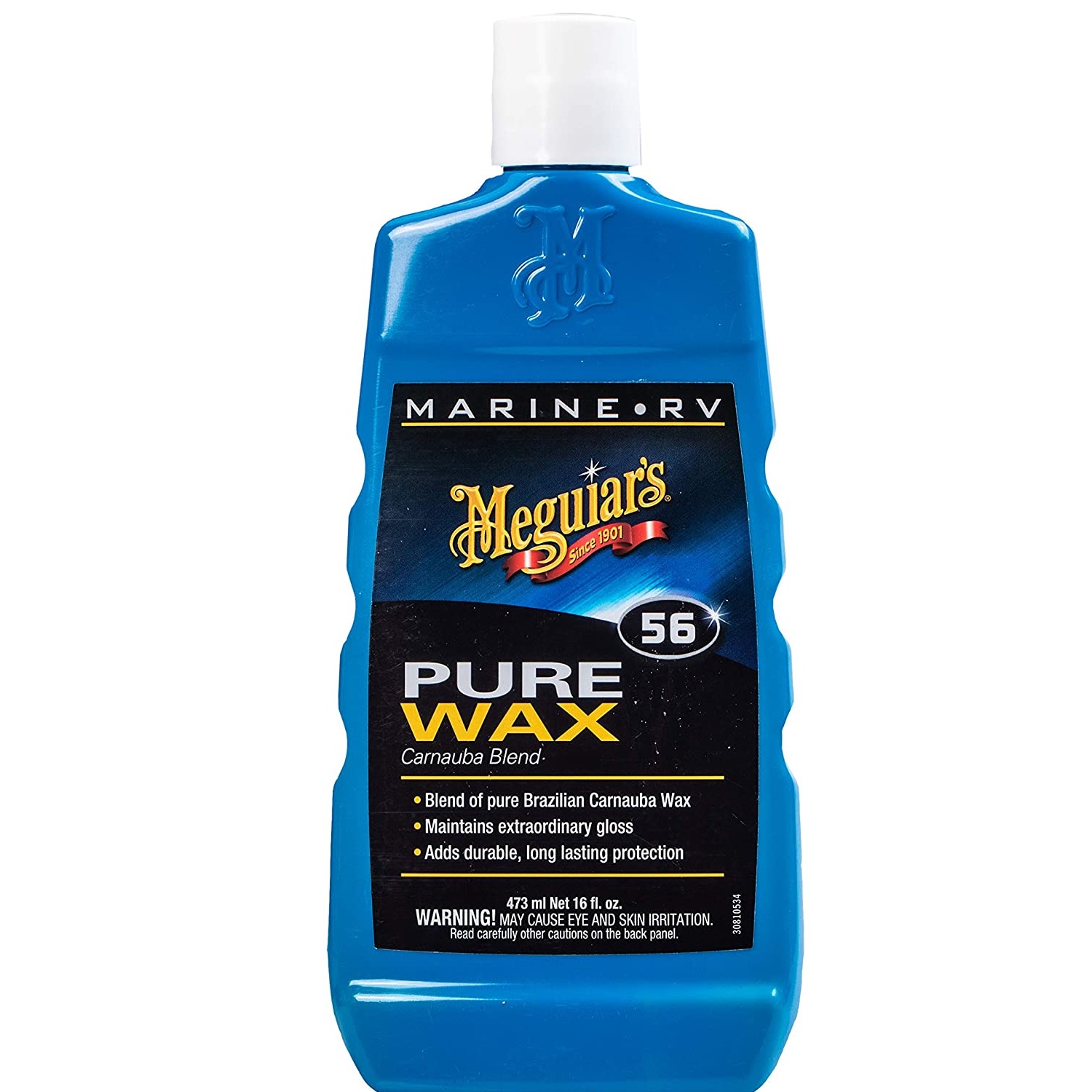
- Brand Meguiar
- Item Weight 1 pounds
- PD 3.74 x 1.38 x 8.66 inches

- STAR BRITE
- Item Weight 8.98 pounds
- PD 4 x 7.5 x 12 inches
Choose the Best RV Wax
Customer’s Choice: the Best Rated RV Waxes
8 users answered this survey. Please help us improve this review!
RVs are a great way to travel and see the country, but they require a lot of upkeep to stay in good condition. One of the most important aspects of RV care is keeping the exterior clean and waxed. Not all waxes are created equal, so it’s important to do your research before you buy. We’ll go through the top RV waxes on the market, as well as what sets them apart from the crowd. Waxing your automobile can be a time-consuming process that needs precise attention to detail. Don’t worry! We’ll also give you some pointers on selecting the appropriate wax for your car.
One of the most essential things you can do to maintain your RV in top form is to wax it on a regular basis. Not only does this help protect your vehicle from the elements, but it also makes it look great! How can you know which RV wax is ideal for you when there are so many different ones on the market?
We’ve done the legwork so you don’t have to, and we’ve compiled a list of the top five finest RV waxes on the market.
We’ve also added an in-depth buyer’s guide with handy details you need to know about choosing RV wax, so you can make a reasoned judgment on which product fits your requirements.
So, without further ado, let’s get started!
Table of Contents
Turtle Wax Universal ICE Spray Wax – 20 oz.
 Do you want to purchase a high-quality spray wax that won’t break the bank? Take a look at Turtle Wax Spray! This product is perfect for anyone who wants to wash and dry their car in one step. It’s also great for waxing your car in any season – from hot summer days to frigid winter nights.
Do you want to purchase a high-quality spray wax that won’t break the bank? Take a look at Turtle Wax Spray! This product is perfect for anyone who wants to wash and dry their car in one step. It’s also great for waxing your car in any season – from hot summer days to frigid winter nights.
And with its water beading and UV protection properties, you can rest assured that your car’s coat and paint will be well protected. Just be careful with the smell – some users have described it as being quite rank! However, Turtle Wax doesn’t leave any paste wax residue in secluded corners. And the best part? This product is available at an incredibly affordable price. So what are you waiting for? Give your car the shine it deserves – without breaking the bank – with Turtle Wax ICE Spray.
TR Industries 128 oz. Gel-Gloss RV Wax
 Looking for a product that will clean and wax your RV? Look no further than TR Industries 128 oz. Gel-Gloss RV Wax! This innovative product contains carnauba wax, which leaves a protective coating on your RV.
Looking for a product that will clean and wax your RV? Look no further than TR Industries 128 oz. Gel-Gloss RV Wax! This innovative product contains carnauba wax, which leaves a protective coating on your RV.
The best part about Gel-Gloss RV Wax is that it is biodegradable, so you can feel good about using it without harming the environment. Additionally, this product will not remove any previously applied wax, so you can be sure that your RV is properly protected. With its 128 oz. a plastic bottle, Gel-Gloss RV Wax is a great value for your money. And because it requires no real scrubbing, it is easy to use. However, some warned that it leaves light streaks.
Meguiar’s One Step RV Wax Cleaner
 Do you want to clean, polish, and preserve your RV in a simple manner? Check out the Meguiar’s RV Wax. This versatile product removes light defects and restores color and brilliance, all in one step. It also offers prolonged resistance to salt air, rust, and the sun’s UV rays.
Do you want to clean, polish, and preserve your RV in a simple manner? Check out the Meguiar’s RV Wax. This versatile product removes light defects and restores color and brilliance, all in one step. It also offers prolonged resistance to salt air, rust, and the sun’s UV rays.
Plus, it works great on travel trailers! Whether you’re bringing your RV out of storage for the season or just taking it out for a weekend getaway, Meguiar’s RV Wax is the perfect solution for keeping your rig looking its best. However, some customers noted that they hoped the result would be longer.
Meguiar’s 16 Fluid Ounces Carnauba Effective RV Wax
 Searching for a top-notch wax that will keep your RV looking great for seasons to come? Meguiar’s RV Wax is the perfect solution! This tough marine wax provides durable, long-lasting protection against the elements, UV rays, and more.
Searching for a top-notch wax that will keep your RV looking great for seasons to come? Meguiar’s RV Wax is the perfect solution! This tough marine wax provides durable, long-lasting protection against the elements, UV rays, and more.Plus, it’s safe and easy to use on all types of RV surfaces. Whether you have dark or light colors, this versatile wax won’t disappoint. And it won’t dull the graphics, either! However, it should be noted that this wax can leave a hazy coloration. But overall, it’s an excellent choice for anyone who wants their RV to look its best.
STAR BRITE Wax 128 fluid ounce One Step RV Wash & Wax Cleaner
 STAR BRITE Wax is the perfect way to clean and enhance the shine on your RV all at once! This cleaner is safe for use on all surfaces and will remove road dirt, insect debris, dust, and more.
STAR BRITE Wax is the perfect way to clean and enhance the shine on your RV all at once! This cleaner is safe for use on all surfaces and will remove road dirt, insect debris, dust, and more.
Plus, its UV protection helps keep your RV looking great for years to come. Best of all, it won’t strip away any wax or polish you’ve applied! This product is safe since there are no harsh chemicals or fumes. Also, it is biodegradable. The only downside of the product is that it leaves a white film on the glass.
RV Waxes Detailed Buying Guide
Most of us love the outdoors, and there’s no better way to enjoy nature than by taking your home on the road with you. But just like our homes, RVs need a little TLC to keep them in top condition. That’s where RV waxes come in – they help to protect your vehicle from the elements and keep it looking its best.
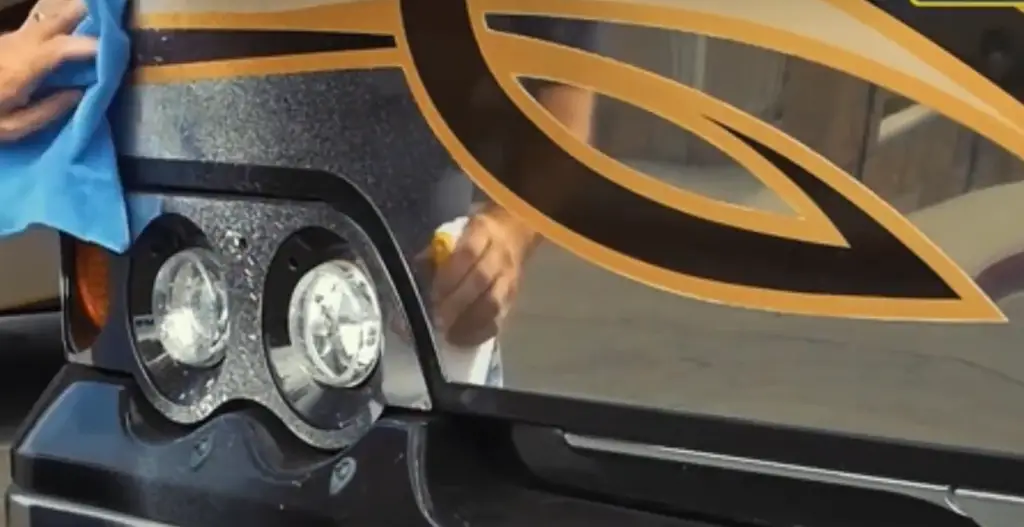
It might be difficult to know which RV wax is best for you when there are so many different ones on the market.
That’s why we’ve put together this handy guide – to help you find the best RV wax for your needs. We’ll answer common questions and give you some easy-to-follow tips.
What is an RV Wax?
An RV wax is a product that helps to protect your recreational vehicle from the elements. It does this by creating a barrier between the surface of your RV and the environment.
RV waxes come in different formulations, but they all serve the same purpose.
The best RV waxes will contain ingredients that help to repel water, dirt, and other debris. They will also contain UV blockers to help prevent fading and sun damage. [1]
Benefits of Using RV Waxes
RV waxes offer many benefits that help to keep your vehicle in tip-top shape. They provide a protective barrier against the elements, help to repel water, and prevent dirt and grime from sticking to your RV. Waxes also help to restore the finish of your RV and make it look new again.
RV Wax Types
There are many different types of RV waxes available on the market, so it is important to choose one that is right for your vehicle. The most common types of RV waxes are polymer sealants, carnauba waxes, and synthetic sealants.
Polymer Sealants
Polymer sealants are a type of man-made wax that contains polymers and resins. They provide a long-lasting protective barrier against the elements and help to repel water. [2]
Carnauba Waxes
Carnauba waxes are made from the leaves of the South American carnauba palm tree. They provide a deep shine and protection against UV rays.[3]
Synthetic Sealants
Synthetic sealants are man-made products that contain synthetic polymers. They shield you from the elements and prevent water from getting in. [4]
What Are The Best RV Waxes & How Do I Select One?
Common Wax Ingredients:
Waxes Made From Natural Components
There are a few RV waxes that are made from natural waxes and oils.
One example is beeswax.
It is used to build the honeycomb in beehives.Beeswax has a number of properties that make it ideal for use in RV waxes. It has a high melting point, so it can withstand higher temperatures without melting or becoming brittle.
It also has a high degree of hardness, which helps to create a long-lasting shine. Beeswax is also water-resistant and can help to protect against dirt and water spots.
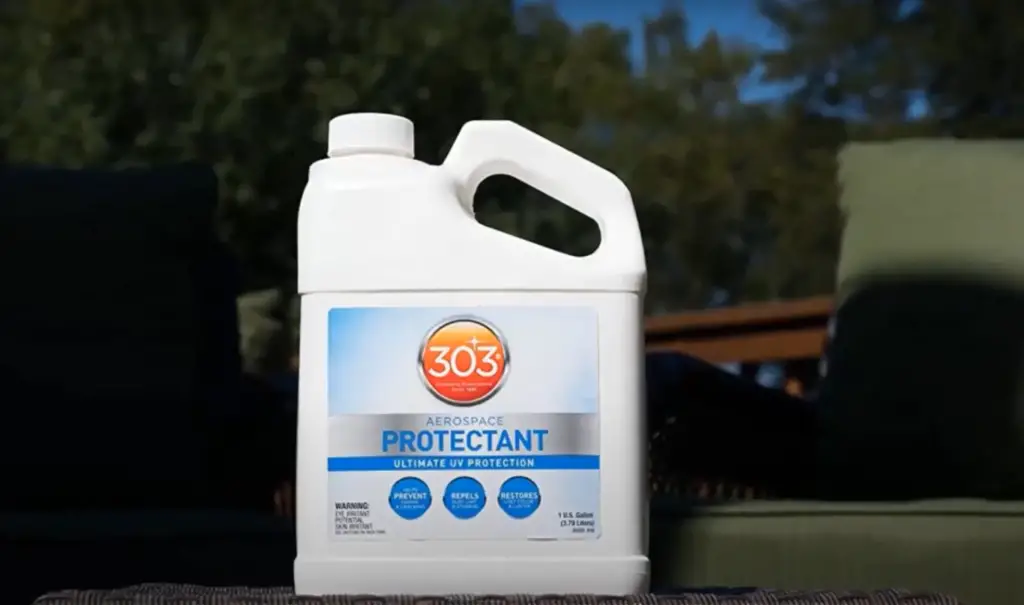
Another example of RV wax made from natural waxes and oils is carnauba wax. Carnauba wax is a hard, brittle natural wax that is harvested from the leaves of the Copernicia prunifera tree.
It is then refined and pulverized to create a wax powder. This powder is then dissolved in solvents to create a liquid carnauba wax.
Carnauba wax is often used as a topcoat on paints and varnishes to provide a high-gloss finish. It can also be used by itself as a stand-alone polish.
Petroleum Distillates-Based Waxes
Another type of RV wax is made from petroleum distillates. Petroleum distillates are a byproduct of the crude oil refining process.
They are often used as solvents and cleaners due to their ability to dissolve grease and dirt.
Petroleum distillates can also be used to create a variety of products, including paints, adhesives, and sealants.
RV waxes that are made from petroleum distillates often have a higher degree of hardness than those made from natural waxes and oils.
This makes them ideal for creating a long-lasting shine. However, they can also be more difficult to apply and may require more elbow grease to achieve the desired results. [5]
Polymer and Resin waxes
Polymer resins are man-made molecules that have been designed to mimic the properties of natural resins.
They are often used as binders and film-forming agents in a variety of products, including paints, adhesives, and sealants.
Polymer resins can provide a high-gloss finish and can be resistant to chemicals, heat, and UV light.
RV waxes that are produced from polymer resins may be more challenging to apply than other types of wax.
They can also be more expensive. However, they offer a long-lasting shine and can help to protect your RV from the elements.
Silicone-Based Waxes
Finally, there are a few RV waxes that contain silicone fluids. Silicone fluids are clear, odorless liquids that are made from silicon dioxide (SiO₂).
They may also assist to prevent dirt and water spots.RV waxes that contain silicone fluids often have a higher degree of hardness than those made from natural waxes and oils. This makes them ideal for creating a long-lasting shine.
Although they are generally a lot easier to apply and require less elbow effort, they can also be more difficult to get the job done correctly.
Types of RV Wax By Materials
Spray RV Wax
This is the most common type of RV wax. It is easy to apply and can be used on any type of RV. Spray RV waxes usually come in a can and you simply spray it on and wipe it off. Some brands require you to let the wax dry for a few minutes before wiping it off.
Paste Wax
Paste wax is more difficult to apply than spray wax, but it will last longer. Paste waxes are made from Carnauba wax, which is the hardest natural wax available. This makes it ideal for protecting your RV from the elements. Paste waxes should be applied with a clean cloth and then buffed to a shine with another clean cloth.
Abrasive Cleaner
Abrasive cleaners are not technically waxed, but they are often used in conjunction with waxes. Abrasive cleaners are designed to remove tough stains and build-up from your RV. They should be used before you apply wax for the best results.
Liquid Cleaner Wax
Liquid cleaner waxes are a combination of wax and cleaner. They can be used to clean and wax your RV in one step.
These products are ideal for people who don’t have the time or patience to apply separate cleaners and waxes.
Powder Wax
Powder waxes are similar to liquid cleaner waxes, but they come in powder form. Powder waxes must be mixed with water before they can be applied to your RV. These products are not as popular as other types of RV wax, but they are still available if you prefer them.
Carnauba Paste Wax
Carnauba paste wax is made from the same material as paste wax, but it is in a paste form. This type of RV wax is more difficult to apply than liquid or powder waxes, but it will last longer. Carnauba paste waxes should be washed with a clean cloth and buffed with another clean one.
Ceramic Wax
Ceramic waxes are the newest type of RV wax on the market. They are made from a ceramic compound that bonds to your RV’s paint. Ceramic waxes create a protective barrier that repels water, dirt, and other contaminants. These products can be applied by hand or with a machine.
Wax Packaging
When selecting an RV wax, it is important to pay attention to the packaging. The type of container that the wax comes in can play a role in how easy it is to apply and how long it will last.
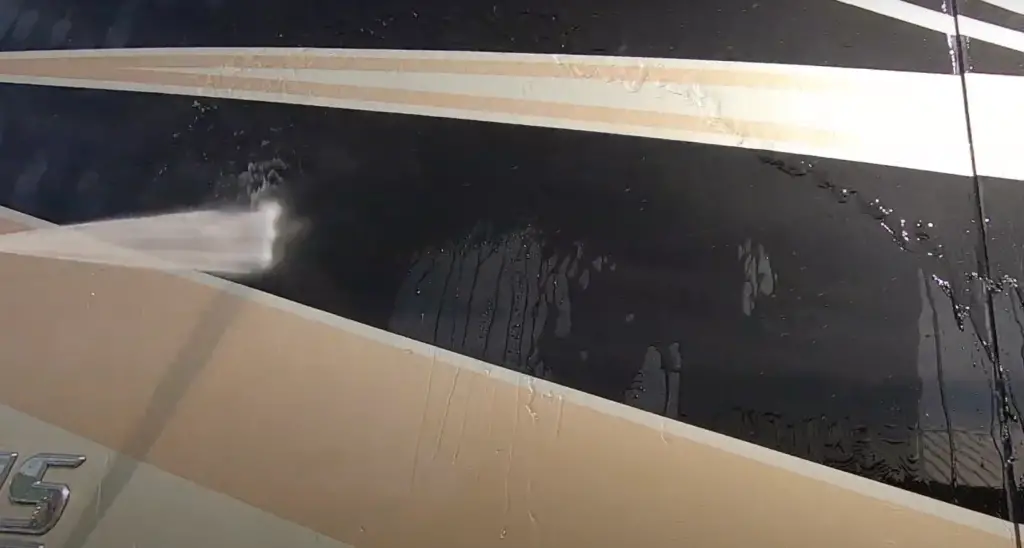
For example, some RV waxes come in liquid form and are packaged in aerosol cans. These types of waxes are generally easy to apply and can provide a long-lasting shine.
However, they can be more difficult to store and may not last as long as other types of RV waxes.
On the other hand, some RV waxes come in paste form and are packaged in tubes or jars. Paste waxes can be more challenging to apply but often provide a higher degree of protection. They can also be easier to store and may last longer than liquid waxes.
This will help you determine how easy it is to apply and how long it will last.
RV Finish
The type of finish on your RV will also play a role in the type of wax that you select.
For example, if you have a gel coat finish, you will want to choose a wax that is specifically designed for use on gel coats.
Gel coat finishes are often found on fiberglass RVs and can be more challenging to wax than other types of finishes.
If you have a painted RV, you will want to choose a wax that is specifically designed for use on painted surfaces.
Painted surfaces are often delicate and can be easily damaged by harsh chemicals or abrasives.
Corrugated surfaces, such as those found on aluminum RVs, can be more difficult to wax.
If you have a corrugated RV, you should use a wax that is designed for usage on corrugated surfaces. [6]
RV Maintenance
Waxing your RV is an important part of maintaining its finish and protecting it from the elements.
However, it is not the only thing that you need to do in order to keep your RV in tip-top shape.
You will also need to wash and polish your RV on a regular basis. In addition, you should inspect your RV for any signs of damage or wear and tear.
If you notice any problems, be sure to address them as soon as possible. By taking proper care of your RV, you can ensure that it will last for many years to come.
Price
Finally, you will want to take price into consideration when selecting an RV wax. RV waxes can range in price from a few dollars to a few hundred dollars. The type of wax that you choose will often dictate the price.
For example, polymer resins are typically more expensive than other types of RV waxes. They provide a long-lasting gleam and can assist to keep your RV safe from the elements. Silicone-based waxes are also typically more expensive than other types of RV waxes.
However, they often provide a smoother application and can ensure a prolonged gloss. When selecting an RV wax, it is important to consider your budget and the specific needs of your RV.
This will help you choose the wax that is right for you and your vehicle.
Versatility
Some RV waxes are specifically designed for use on one type of surface. For example, there are RV waxes that are specifically designed for use on gel coats. Other RV waxes are specifically designed for use on painted surfaces.
However, there are also a few RV waxes that can be used on multiple surfaces. These types of waxes are often more expensive but can provide a higher degree of protection.
When choosing an RV wax, it is important to consider the specific needs of your RV and the different types of surfaces that you will be waxing.
This will help you choose the most versatile and effective product for your needs.
Waterproofing
Another factor to consider when selecting an RV wax is the level of waterproofing that it provides.
Some RV waxes are designed to provide a high degree of waterproofing. These types of waxes can be ideal for RVs that are frequently exposed to water or moisture.
Other RV waxes are not specifically designed for waterproofing but can still provide some level of protection.
When shopping for RV wax, it’s crucial to think about the degree of waterproofing you require. Choose a component that will keep your RV safe from the weather. [7]
Abrasiveness
Certainly, you will want to pay attention to the abrasiveness of the RV wax that you choose.
Some RV waxes are designed to be used on delicate surfaces. These kinds of waxes often have a softer formula that is less likely to damage your RV.
Other RV waxes are designed for use on rougher surfaces. These types of waxes often have a more abrasive formula that can help to remove tough stains and buildup.
When looking for an RV wax, bear in mind the demands of your RV and the sort of surface you’ll be using it on.
Choosing the best product for your needs is easier than you might think.
Durability
You’ll want to take durability into account when searching for an RV wax.
Liquid RV waxes are often less durable than other types of RV waxes. This is because they can evaporate quickly and may need to be reapplied more often.
Paste RV waxes are often more durable than liquid RVaxes. This is due to the fact that they don’t evaporate as quickly and can give your vehicle a longer-lasting shine.
When selecting an RV wax, it is important to consider how long you want the protection to last. This can assist you in selecting the best product for your needs.
Lifespan/Frequency of Use
The lifespan and frequency of use will vary depending on the product you choose. Some RV waxes can last up to 12 months, while others may only last a few weeks. It all depends on how often you use your RV and how well you take care of it. If you use your RV regularly, then you will probably need to apply the wax more often. However, if you only use it occasionally, then you can get away with applying the wax less often.
Ease of Use
Some RV waxes are very easy to use, while others can be a bit more challenging. If you are new to using RV waxes, then you may want to choose a product that is easy to use. However, if you have some experience with using RV waxes, then you may be able to handle a more challenging product.
UV Protection
One last thing to consider when selecting an RV wax is UV protection.
Many RV waxes are designed to provide a certain degree of UV protection. If you travel frequently and want to remain in nature as much as possible, this may be useful.
UV protection can help to keep your RV from fading and can also help to prevent the growth of mold and mildew.
When choosing an RV wax, it is important to consider the level of UV protection that you need. This will help you choose the best product for your needs and ensure that your RV is protected from the sun’s harmful rays. [8]
Other Factors to Consider
In addition to the factors already mentioned, there are a few other things to keep in mind when selecting an RV wax.
For example, you’ll want to pay attention to the ingredients used in the wax. Some people prefer natural ingredients while others prefer synthetic ingredients.
You’ll also want to take a look at the application process. Some RV waxes require that you buff them into the surface
Finally, you’ll want to consider the scent of the wax. Some people prefer scented RV waxes while others prefer unscented varieties.
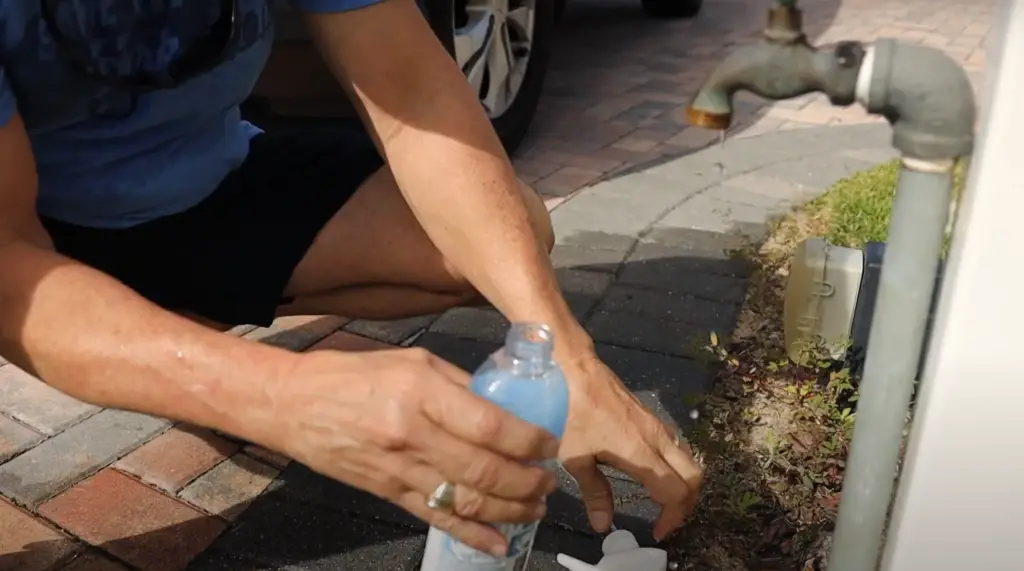
When choosing an RV wax, it is important to consider your personal preferences and needs. You may discover the perfect product for your needs with ease if you conduct research before making a purchase.
How Can You Tell If Your RV Needs Waxing?
If your RV is starting to look dull, it might be time for a wax. But how can you tell if it really needs it?
Here are a few signs:
- Your RV is starting to look faded or discolored.
- The paint doesn’t have the same shine as it used to.
- You can see water spots or other marks that won’t come off with washing.
- The surface feels rough instead of smooth.
If you notice any of these things, then it’s probably time to break out the wax and give your RV a good polishing. But which wax should you use? Read on for our top five picks.
Waxing your RV not only makes it look better, but it also protects the paint from UV damage, fading, and water spots. It’s an important part of keeping your RV in tip-top shape, so don’t neglect it!
What Do You Need To Do to Wax Your RV: Step by Step
Assuming you don’t have a professional detailer do it for you, here are the steps for waxing your RV:
Wash and dry your RV
It’s important to start with a clean surface so that the wax can properly adhere. Use a mild soap and wash from the top down. Once you’re done washing, completely dry your RV before moving on to the next step.
Apply the wax
There are a few different ways to apply wax, but we recommend using a foam applicator pad. Apply a small amount of wax to the pad and then spread it evenly over the surface of your RV. Be sure to go over each section multiple times to ensure coverage.
Remove the wax
After the wax has had time to dry, use a clean microfiber towel to remove it. Work in small sections and be sure to buff the area until it’s completely dry.
Admire your handiwork
Once you’re finished, step back and admire your handiwork. Your RV should have a beautiful shine that will last for weeks (or even months) to come!
5 RV Wax Drawbacks
While RV waxes offer many benefits, there are also a few drawbacks associated with them. Here are the top five:
- RV waxes can be difficult to apply evenly. If not applied correctly, they can leave streaks or swirl marks.
- They can be time-consuming to apply and remove.
- They may need to be reapplied more often than other types of protectants.
- They can be expensive.
- Some RV waxes contain chemicals that can damage the finish if not removed properly. Always follow the manufacturer’s instructions when using these products.
With these drawbacks in mind, you’ll need to decide if an RV wax is right for you and your vehicle.
FAQ
What is the most effective way to apply RV waxes?
There are a few ways you can apply RV waxes, but the most effective way is to use a buffer. This will help spread the wax evenly and allow it to penetrate into the surface of your RV. You should also make sure that you apply the wax in a cool, dry place.
What are some of the benefits of using RV waxes?
RV waxes offer many benefits, including protection from UV rays, oxidation, and weathering. They can also help to restore shine and luster to your RV’s finish. Additionally, waxes can provide a barrier against dirt and grime build-up.
What are some things to keep in mind when choosing RV waxes?
When choosing RV waxes, you should consider the type of finish on your RV. If you have a clear coat, you will want to choose a wax that is specifically designed for that type of finish. You should also keep in mind the climate in which you live. If you live in an area with extreme weather conditions, you may want to choose a wax that can withstand those conditions.
Finally, always read the labels on RV waxes to ensure that they are compatible with your RV’s finish and that they will not cause any damage.
What is the finest RV wax?
There are many different types of RV waxes on the market, each with its own unique set of benefits. However, there are a few key factors that you should look for when choosing the best RV wax for your needs.
First and foremost, you want to make sure that the RV wax you choose is able to protect your vehicle from the elements. This means that it should be able to withstand both UV rays and moisture. Additionally, the best RV waxes will also provide a layer of protection against scratches and other damages.
Another important factor to consider is how easy the RV wax is to apply. You don’t want to spend hours struggling to apply a thick layer of wax evenly across your vehicle. Instead, look for an RV wax that goes on smoothly and evenly.
Finally, you also want to make sure that the RV wax you choose is affordable. There’s no need to break the bank in order to get a quality product. With so many great options on the market, you should be able to find an RV wax that fits both your needs and your budget.
One of the most popular RV waxes on the market is the Meguiar’s RV Pure Wax. This product is designed specifically for boats and RVs, so you can rest assured that it will provide your vehicle with the protection it needs. The
Meguiar’s RV Pure Wax is also very easy to apply, and it provides a long-lasting shine.
Another great option is the Turtle Wax RV Gel Coat. This product is a two-in-one polish and wax that will help you achieve a high-quality finish. The Turtle is also very affordable, making it a great option for budget-conscious shoppers.
How does the RV wax gel work?
RV wax gels are a great way to keep your vehicle in tip-top shape. They work by creating a barrier between the paint and the elements, which helps to protect your paint from fading or chipping. Wax gels are also great for giving your
RV a glossy finish that will make it look new again.
What are the most reputable RV waxes brands?
There are a few different RV wax brands on the market that are known for their quality products. Some of the most reputable brands include:
- Waxoyl
- Meguiar’s
- Optimum Car Care
- EZ Detailer
How often should I wax my RV?
It is generally recommended that you wax your RV every three to six months, depending on how often you use it and how exposed it is to the elements. If you live in an area with a lot of sun or wind, you may need to wax more often to keep your RV looking its best.
Is there a difference between car wax and boat wax?
Yes, there is a difference between car wax and boat wax. Boat wax is specifically formulated to protect against the elements that boats are exposed to, such as saltwater and sun. Car wax can be used on boats, but it may not provide the same level of protection.
What is the best RV wax for black trim?
The best RV wax for black trim is Black Magic Tire & Trim Gel. This gel formula will restore the luster to dull, faded trim and tires in just minutes. It’s easy to use and leaves a brilliant, long-lasting shine.
Is there an all-in-one cleaner/wax for RVs?
Yes, there are several all-in-one cleaners/waxes on the market that work great on RVs. These products save time and effort by cleaning, polishing and protecting all in one step. We recommend using a product like Meguiar’s All-in-One Polish & Wax.
What is the best way to clean a chalky gelcoat?
If your gelcoat is chalky, you’ll want to use a two-step process to clean and protect it. First, use a mild cleaner designed specifically for gelcoat. You can find these at most marine supply stores. Then, apply a quality wax designed for gelcoat finishes. This will help protect the gelcoat from further damage and keep it looking shiny and new.
How can I keep my fiberglass camper glossy?
Many RVs are made with fiberglass exteriors, which can dull and fade over time. To keep your RV looking its best, it’s important to regularly wax the exterior. This will not only make it look nicer but will also protect the paint from damage.
Is it true that all surfaces can be waxed using an RV wax?
Yes, it is true that all surfaces can be waxed using an RV wax. This includes the paint, windows, chrome, and even the tires. Waxing your RV will help to protect all of these surfaces from the elements and keep them looking their best.
What are some tips for applying RV wax?
Here are a few tips for applying RV wax:
-Wash your RV first to remove any dirt or grime that could prevent the wax from adhering properly.
-Apply the wax in small sections so that you can evenly distribute it over the surface.
-Be sure to follow the instructions on the product label carefully to ensure optimal results.
-Buff off any excess wax with a clean cloth to avoid streaks or smears.
Is it possible to remove wax from RV decals?
Yes, it is possible to remove wax from RV decals. However, you should be careful not to scrub too hard, as this could damage the decal. If you are unsure of how to properly remove wax from a decal, you can always consult the manufacturer’s instructions.
Is it necessary to wash or brush before waxing?
Yes, it is necessary to wash or brush before waxing. This will help to remove any dirt or grime that could prevent the wax from adhering properly. Additionally, it is important to make sure that the surface is completely dry before you begin waxing.
Can I apply RV wax in direct sunlight?
No, you should not apply RV wax in direct sunlight. The heat from the sun can cause the wax to streak or smudge. It is best to apply RV wax in a cool, shady area to avoid this problem.
What are some common mistakes people make when applying RV Wax?
Some common mistakes people make when applying RV wax include:
- Not washing or brushing the surface first
- Applying too much or too little wax
- Not buffing off excess wax
- Applying in direct sunlight.
Where to buy RV waxes?
RV waxes can be purchased online or at most auto parts stores. If you are unsure of which product to purchase, you can always consult the salesperson for advice.
What are some of the benefits of waxing your RV?
Waxing your RV can help protect it from the elements and keep it looking its best. It can also make it easier to clean and maintain. Waxing can also help extend the life of your RV by protecting it from sun damage, UV rays, and other environmental factors. When applied correctly, wax creates a barrier between your RV and the elements, which can help prevent fading, chalking, and other damage. Waxing is an important part of keeping your RV in top condition and can help you get the most out of your investment.
What is the best way to clean my RV?
Cleaning your RV on a regular basis is important to keep it looking its best. You should start by vacuuming the interior to remove any dirt, dust, or debris. Next, you will want to clean all of the surfaces with a mild soap and water solution. Be sure to rinse all of the surfaces thoroughly before drying. Once everything is dry, you can apply a protectant to help keep it looking new.
How often do you need to reapply RV Wax?
The frequency of reapplication will depend on a number of factors, including the type of wax used, the environment in which your RV is stored, and how often it is used. In general, however, you should plan on reapplying wax every three to six months. This will help ensure that your RV continues to look its best and is protected from the elements.
To wax or not to wax an RV – is it really necessary?
Whether or not you wax your RV is completely up to you. Some people feel that it is an important part of keeping their RV in top condition, while others do not see the need. If you do decide to wax your RV, be sure to follow all directions carefully and reapply as needed.
Waxing your RV can certainly be beneficial, but it is ultimately up to you whether or not you think it is necessary.
What are some common mistakes people make when waxing their RVs?
One of the most common mistakes people make when waxing their RV is not following the directions. Be sure to read all instructions carefully before beginning. Another mistake is not reapplying wax as needed. Wax will break down over time and needs to be reapplied every three to six months to maintain its effectiveness. Finally, some people neglect to properly clean their RV before waxing, which can lead to streaks or uneven coverage.
By taking the time to understand the process and following directions carefully, you can avoid making these common mistakes and ensure that your RV looks its best.
Is it difficult to wax an RV?
Waxing an RV is not difficult, but it does require some time and effort. Be sure to follow all directions carefully and take your time to ensure a smooth, even application.
With a little elbow grease, you can easily wax your RV and keep it looking its best.
Does waxing make a difference in the lifespan of your RV?
Waxing can certainly help extend the life of your RV by protecting it from the elements. When applied correctly, wax creates a barrier between your RV and the environment, which can help prevent fading, chalking, and other damage.
By taking the time to wax your RV on a regular basis, you can help keep it looking its best for years to come.
Is there a specific time of year that you should wax your RV?
There is no specific time of year that you need to wax your RV, but many people find it easiest to do in the spring. This allows you to get all of the winter grime and salt off of your RV before it has a chance to cause any damage.
No matter when you decide to wax your RV, be sure to follow all directions carefully and reapply as needed.
Waxing your RV is an important part of keeping it in top condition. By taking the time to understand the process and following directions carefully, you can ensure that your RV looks its best for years to come.
What’s the worst that can happen if you don’t wax your RV regularly?
If you don’t wax your RV regularly, it is more likely to suffer from damage caused by the elements. This can include fading, chalking, and other forms of wear and tear.
By taking the time to wax your RV on a regular basis, you can help protect it from the elements and keep it looking its best for years to come.
Waxing your RV is an important part of keeping it in top condition. By taking the time to understand the process and following directions carefully, you can ensure that your RV looks its best for years to come.
Useful Video: Best RV Waxes | RV Expertise
Conclusion
All in all, there are plenty of great RV waxes on the market to choose from. No matter what your budget is or what specific needs you have, there’s definitely a product out there that will be perfect for you and your RV. Just remember to do your research before making a purchase, and always test out a small area first before applying it to your entire vehicle. With the right RV wax, you can keep your beloved mobile home looking shiny and new for years to come!
Do you have a favorite RV wax that didn’t make our list? Do you have any experience with RV waxes? Share your thoughts in the comments below. And as always, happy travels!
References:
- https://trailervalet.com/best-rv-waxes/
- https://www.wikimotors.org/what-is-polymer-sealant.htm
- https://www.sciencedirect.com/topics/biochemistry-genetics-and-molecular-biology/carnauba-wax
- https://www.meguiars.com/professional/products/meguiars-mirror-glaze-synthetic-sealant-20-m2116-16-oz-liquid
- https://www.toyo-chem.com/en/products/wax/petroleum-based.html
- https://www.doityourselfrv.com/how-to-wax-any-type-of-rv-finish-aluminum-vinyl-fiberglass-lacquer-paint/
- https://www.rvzone.com/best-rv-waxes/
- https://www.motorbiscuit.com/a-small-investment-can-protect-your-rv-for-years/

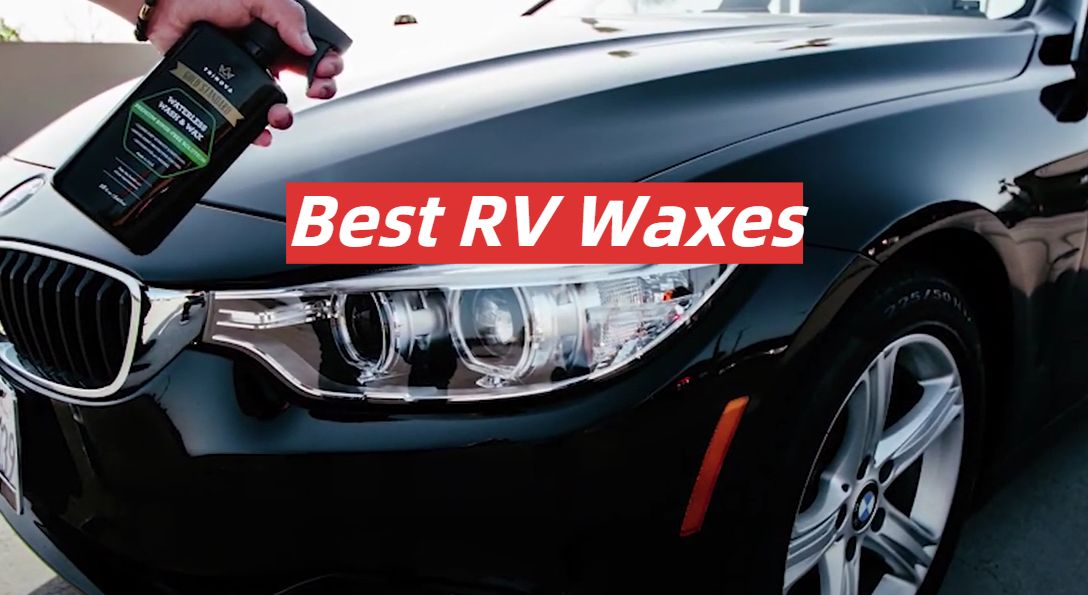

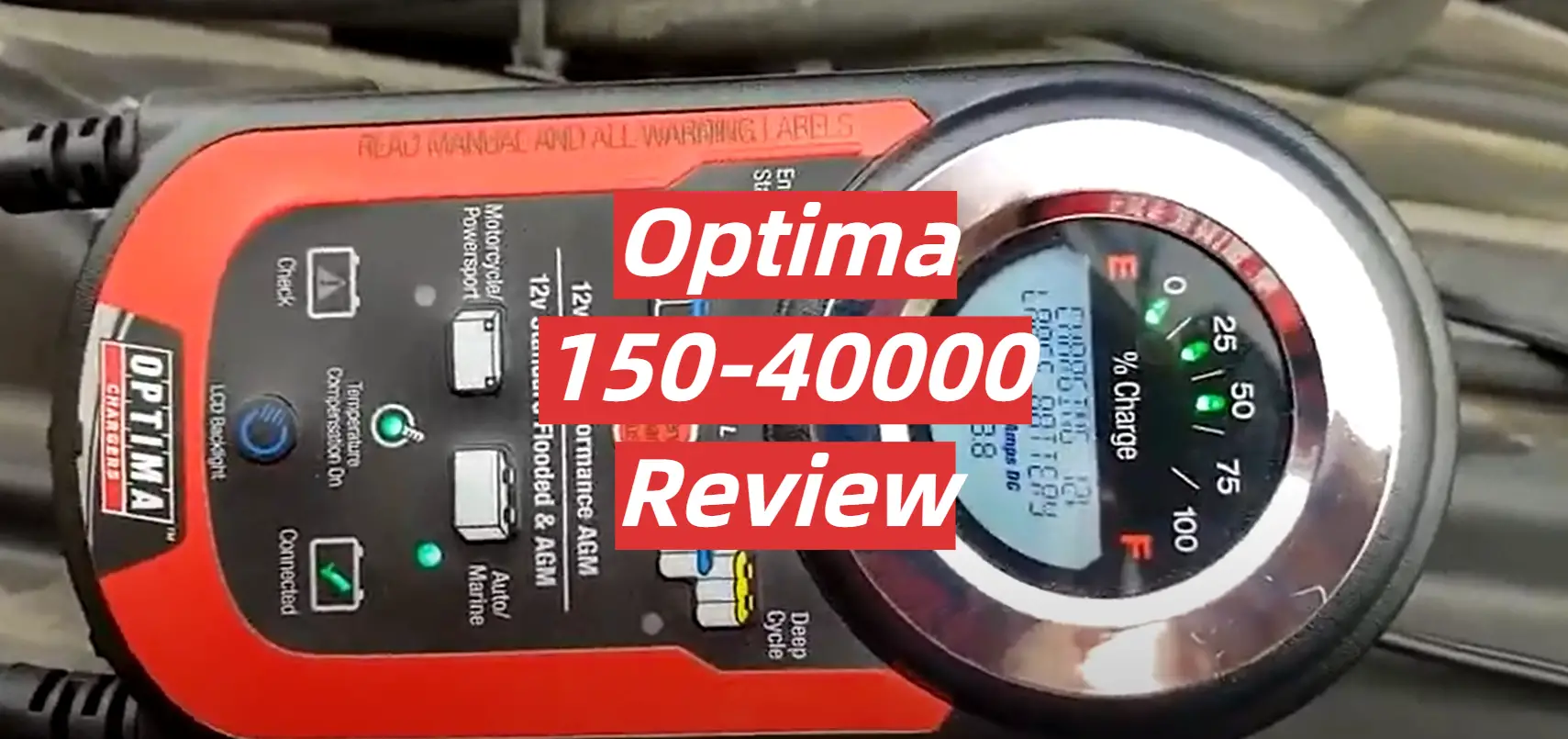
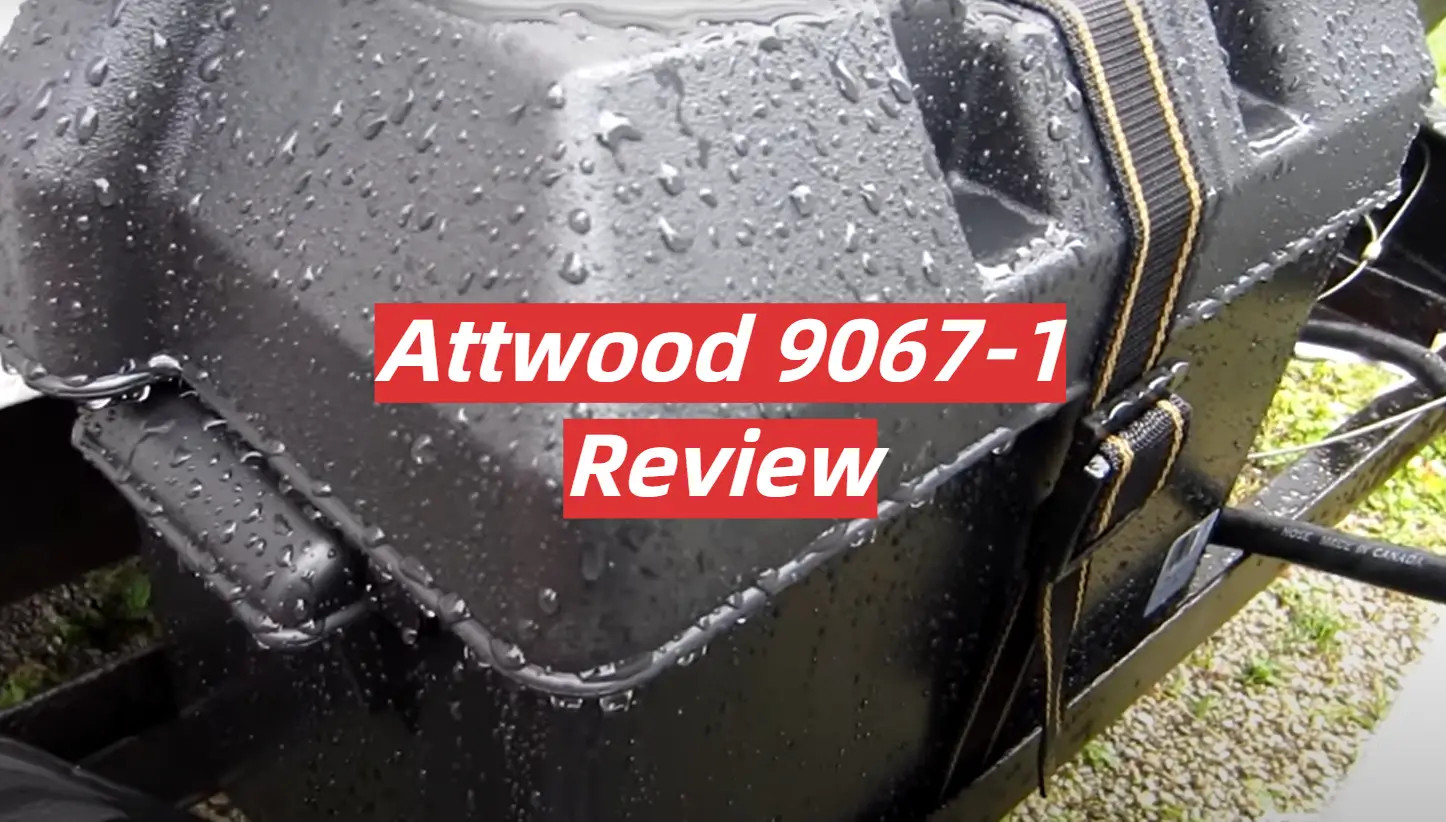

Leave a Reply